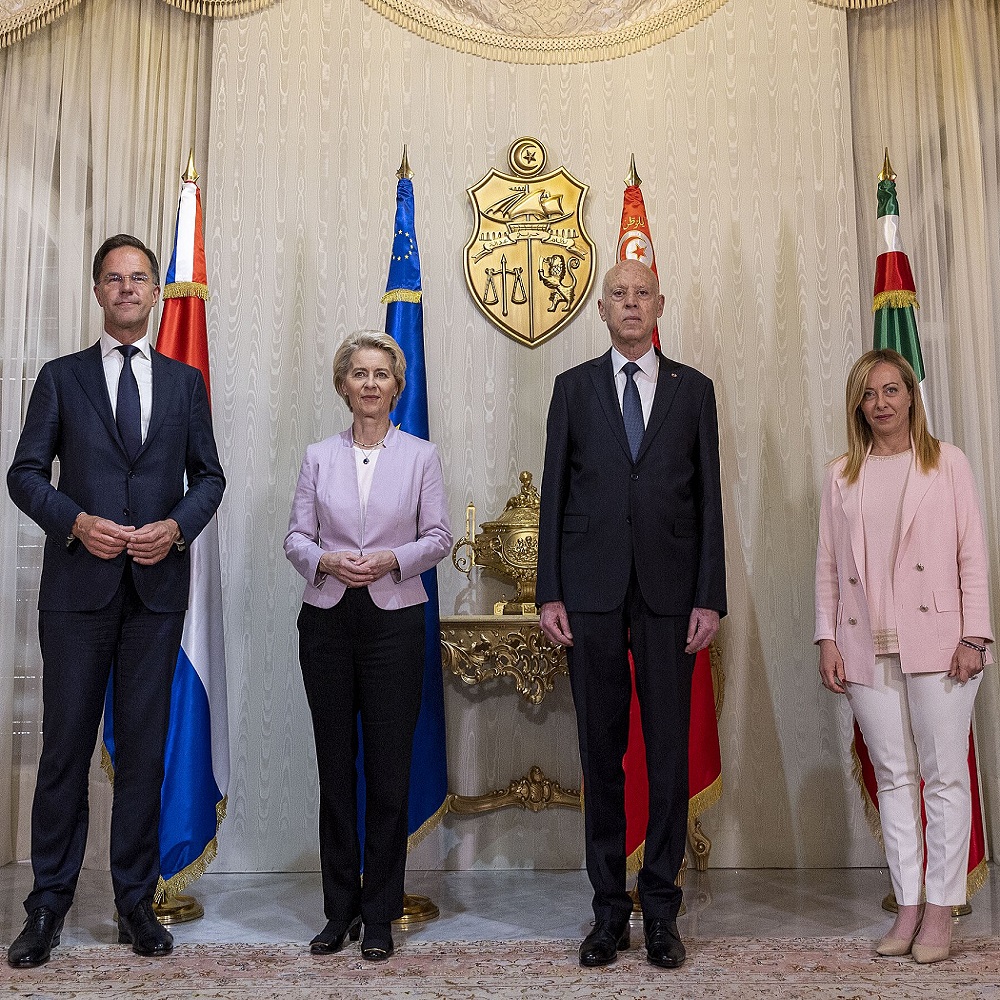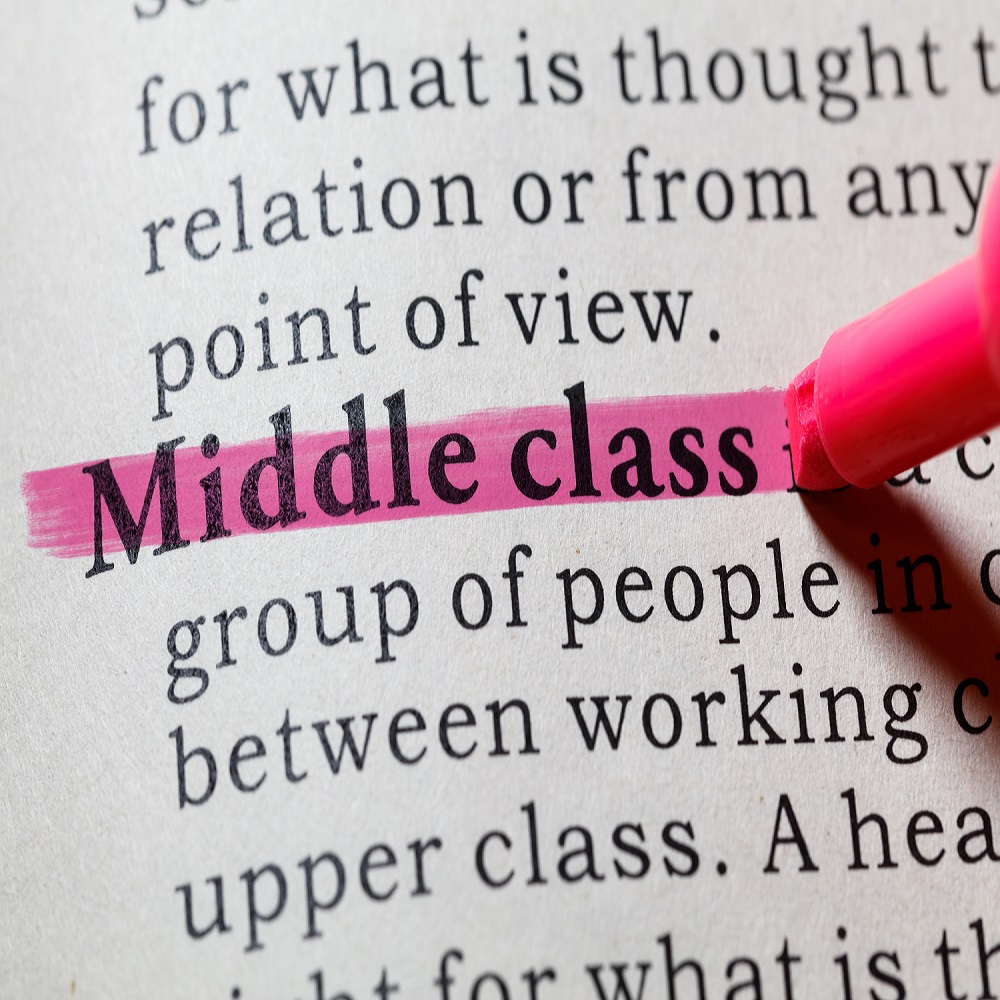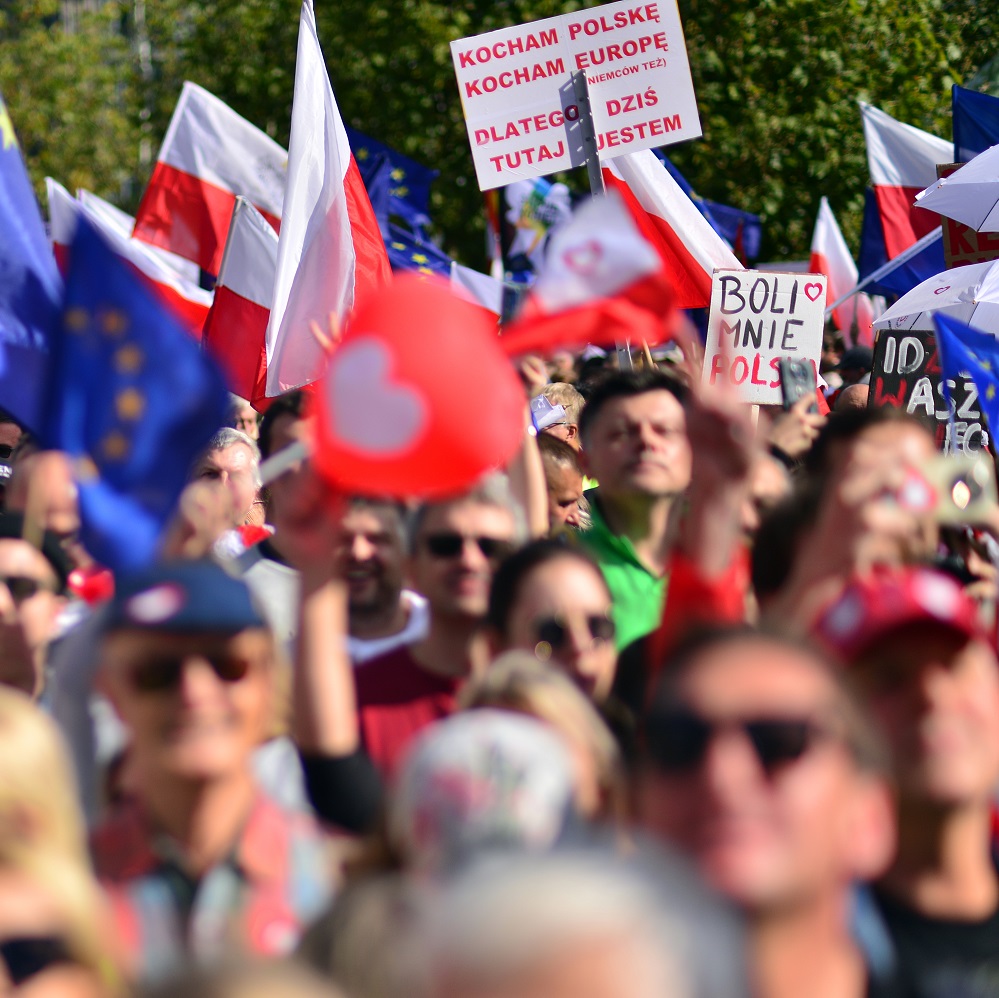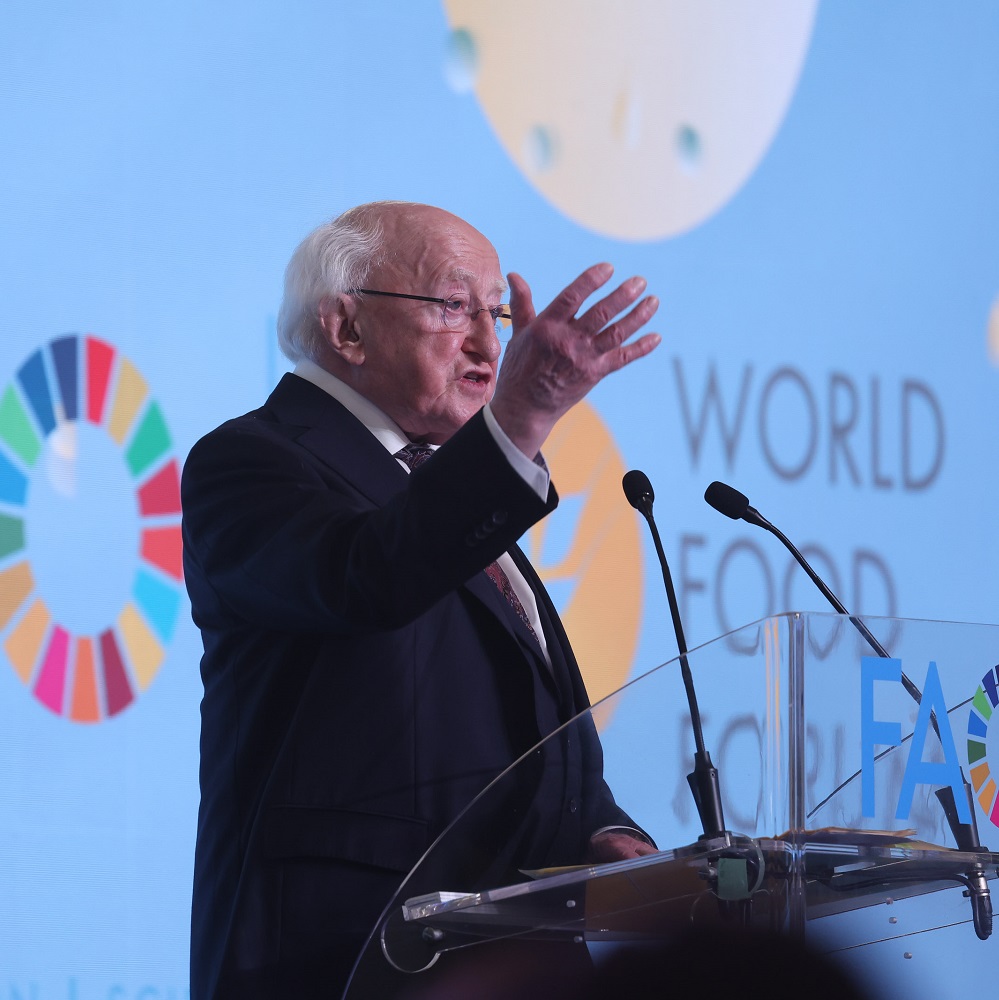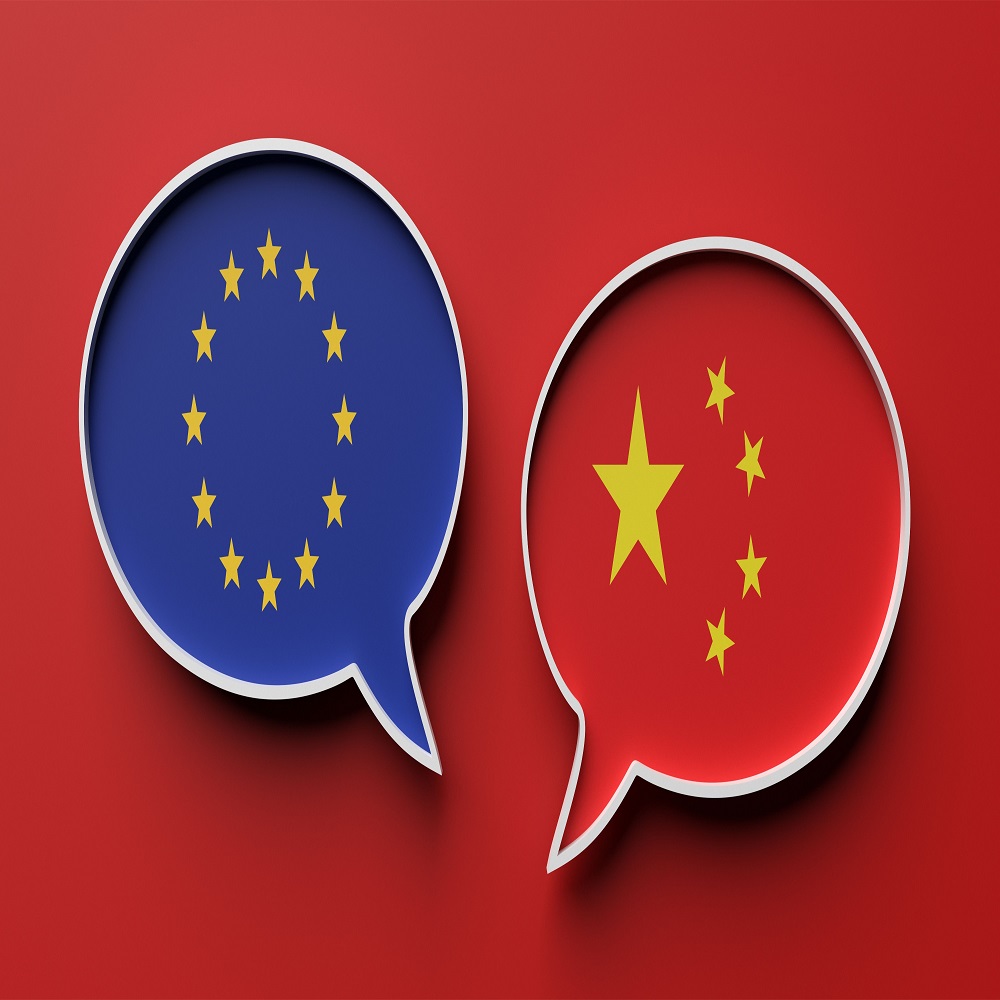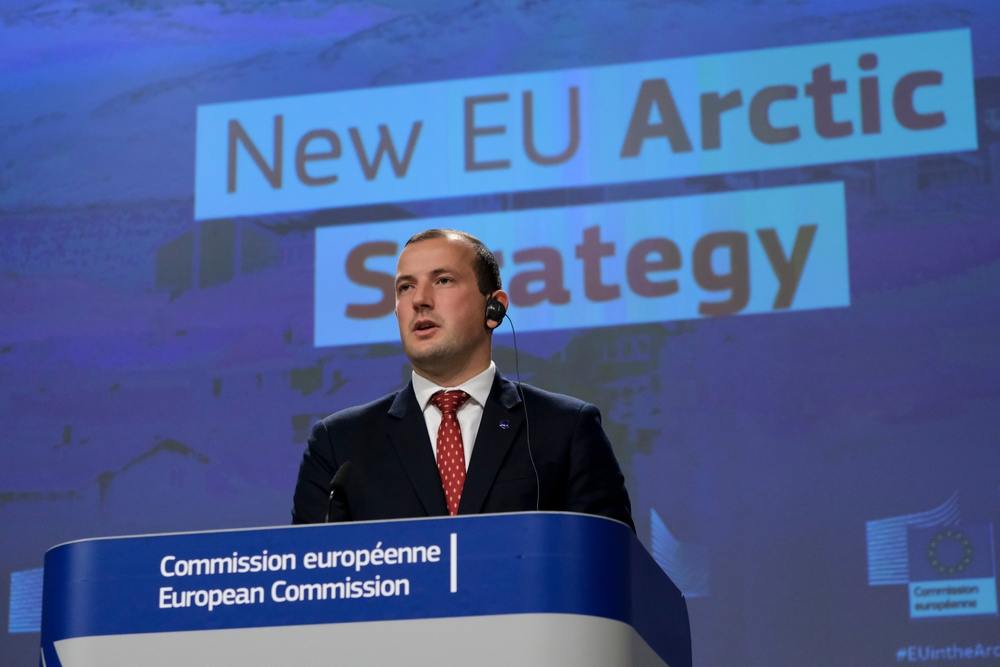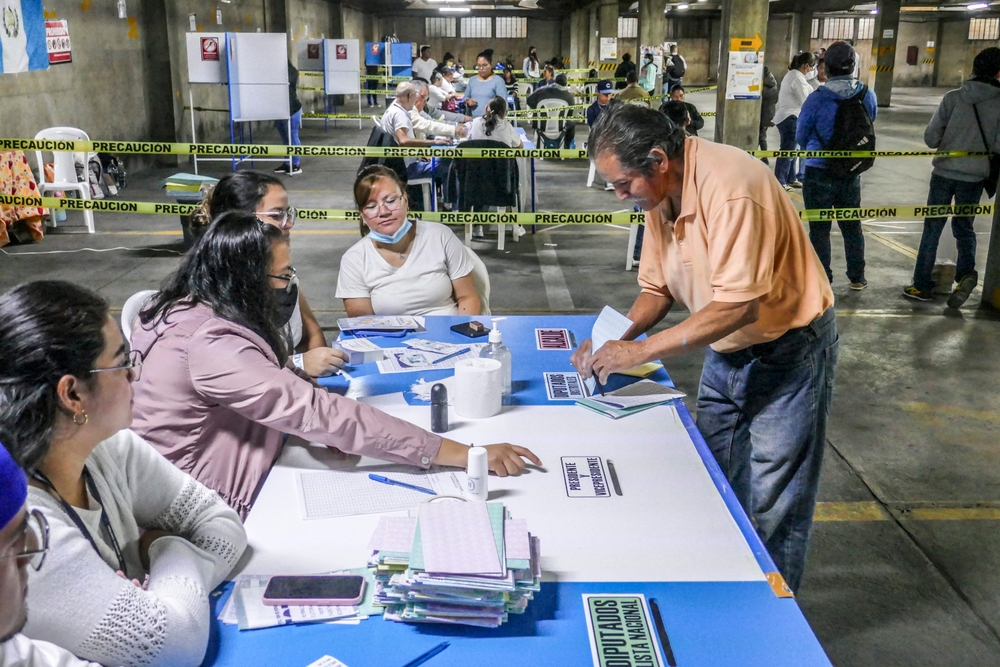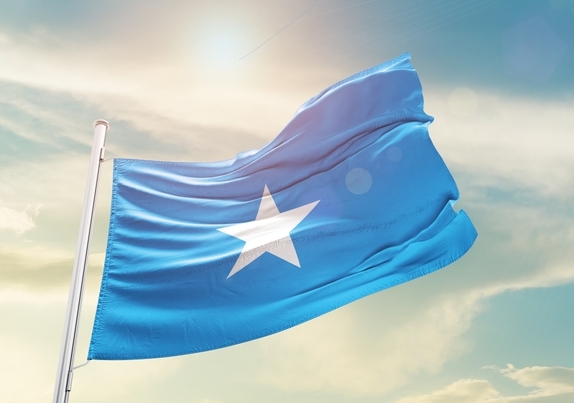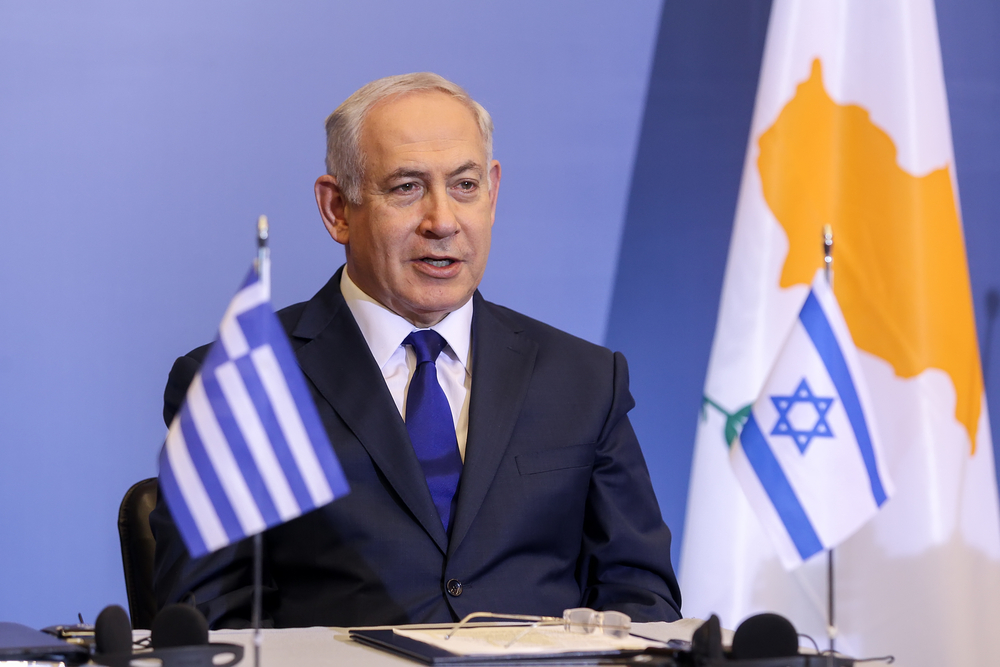The Role of Humanitarian-Development-Peace Nexus in Addressing Protracted Environmental Conflicts in Somalia: A Critical Review
by Abfifatah Osman Hussein
AbstractPurpose: The main objective was to review literature on the Humanitarian-Development– Peace nexus in Action with emphasis on how to solve Protracted Environmental Conflicts in Somalia. Methodology: The author reviewed credible secondary data of HDP case studies online as part of a systemic Critical review design. Only official organizational documents from the UN and its bodies, peer-reviewed published research, books, and mass-media outputs related to HDP nexus were admissible to guarantee validity of results and conclusion applicable to Protracted Environmental Conflicts in Somalia.Results: Reviewed scoped evidence based on themes concluded that humanitarian -development peace nexus is intended to bridge collaborations among several development players in the humanitarian ecosystem. These collaborations are not limited only to funding and financial drivers, strategies such as resilience agenda pathways for societies, destabilizing the effects of environmental stress, etc. Tackling protracted environmental conflicts in Somalia ultimately leads to sustaining the peace humanitarian, development, and peace interventions agenda (OECD, 2017; FAO, 2018). Conclusion: The paper concluded that Humanitarian-Development– Peace nexus in Action had an impact on Protracted Environmental Conflicts in Somalia. Unique Contribution to Theory: The paper contributes to the existing literature by reviewing the HDP nexus in action, specifically on how it can solve protracted environmental conflicts in Somalia. It highlights the collaboration among several development players in the humanitarian ecosystem and the strategies that can be used to tackle environmental stress.Unique Contribution to Policy: The paper emphasizes the importance of the HDP nexus in sustaining peace interventions in conflict-affected areas like Somalia. It provides insights on how collaborations and strategies can be used to address protracted environmental conflicts in the country. Unique Contribution to Practice: The paper offers a systematic critical review design that can be used by humanitarian practitioners and stakeholders to evaluate the effectiveness of HDP nexus programs in addressing protracted environmental conflicts. It highlights the importance of using credible secondary data sources and collaboration among development players in the humanitarian ecosystem. Overall, the paper highlights the importance of the HDP nexus in addressing protracted environmental conflicts in Somalia and provides insights on how it can be operationalized in practice. The findings can inform the design and implementation of contextually appropriate and effective HDP nexus programs in conflict-affected areas. Keywords: Humanitarian-Development– Peace nexus, Protracted Environmental Conflicts 1.0 Introduction Protracted Environmental Conflicts , collaborative evidence (OECD, 2017; FAO, 2018; Oxfam, 2019) warns of the dynamic complexity of solving environmental problems based on their polarity (based on the fact that there is conflict and disconnect between home based strategies and generic strategies), and protracted nature of environmental conflicts (ICARDA, 2020) .Protracted in sense of breadth of variability of environmental conflicts such as concerns on climate change, global warming desertification and ecology risks impact on quality of life compounded by the fact that these risks have not been solved for a long time despite their risk profiles. Swiss Re Institute (2021) ties the protracted nature of environmental conflicts to economic, social, cultural, and peace outcomes to humanity that pose an antagonistic end result to humanitarian goals if the vagaries of nature are not professionally managed. This is in agreement with Hinga (2018) looks at the impeccable challenges of protracted environmental and their outcomes on societies and individuals specially to WASH (water, sanitation and hygiene). The available evidence views of, impeccable and protracted ‘challenges is more akin to of ‘stakeholders need to realize that environmental problems in Somalia and elsewhere are recurring unless the stakeholders change methodology. Consequently, in this paper, the author argues that as environmental conflicts in Somalia conflicts grow increasingly protracted, climate-related shocks more intense, ecological conflicts pitting nature and man more execrated, the vulnerability cycle of fragility, vulnerability and the exacerbation of conflict becomes more established in Somalia (Oxfam, 2019).In this regard, Abel et al (2021) commends that a framework that integrates a coherent humanitarian, development and peace interventions is needed to tackle protracted environmental conflicts in the globe and elsewhere. This paper will be thus anchored in the humanitarian -development peace nexus theory. 1.1 Problem The key environmental challenges in Somalia are land deforestation, land degradation, aridity, desertification, pastoral conflicts, water unsustainability, climate change among others, climate change among others. Protracted environmental pressures have been associated with economic, political, social and cultural problems thus downgrading human resilience and ecological sustenance in the region (unisdr,2021). Consequently, it also appears that although evidence relating to climate, environmental risks exists, a disjointed perception exists especially viewed from the success and operationalization of international humanitarian programmes discourse. One of the common misconceptions to the misapplication of humanitarian -development peace rests on the assumption that environmental resilience competes against humanitarian security. These two problems surrounding humanitarian– development– peace nexus and environmental acuity in Somalia builds the problem to be addressed in this paper (Oxfam, 2019). 1.2 Objectives An overview of Role of the Humanitarian – Development – Peace Nexus evidence in Tackling Protracted Environmental Conflicts theory and literature forms study purpose. Review Role of HDP Nexus Evidence in Theory and PracticeConfigure Humanitarian-Development– Peace nexus in Action evidence that is applicable to Protracted Environmental Conflicts in Somalia1.3 Research QuestionsWhat are the elements of HDP nexus in context of Protracted Environmental Conflicts in SomaliaWhat is the Role of HDP Nexus Evidence in Theory and Practice Protracted Environmental Conflicts in SomaliaWhich Humanitarian-Development– Peace nexus in Action strategies is applicable to Protracted Environmental Conflicts in Somalia 1.4 Value of research This paper aims at improved interlinking of the various instruments within the HPD. The interlinking of humanitarian aid and long-term development cooperation had already started to be implemented in the 1990s through the Linking Relief, Rehabilitation and Development (LRRD) approach. What is particularly new in terms of the triple nexus concept is the inclusion of the peace dimension. Humanitarians as well as development and peace actors are called upon to better coordinate their work in order to more effectively promote the transformation of crises and conflicts into sustainable peace. In the past, different mandates, approaches and funding logic as well as a lack of cooperation mechanisms among the stakeholders have led to the poor integration of interventions and often compromised efficiency and effectiveness as a result (OECD, 2017; FAO, 2018; Oxfam, 2019). This paper gives new insights on challenges: a broad strategy, lack of incentives and a poor mutual understanding of the HPD nexus. Despite the awareness of the relevance of the concept and initial successes, implementation still poses major challenges for the stakeholders involved. Effective and efficient cooperation beyond institutional borders requires an adjustment to internal structures, processes and procedures that have often evolved over decades. Within the institutions and the nexus system, there is also a lack of incentive structures to encourage cooperation. Furthermore, there is no in-depth understanding of the work and functioning of the other stakeholder groups. Last but not least, there is a lack of joint analysis and scenario planning to define the focus of coherent programmes that map all aspects of the HDP nexus. Despite OECD DAC recommendations, the rather broad concept leaves plenty of room for interpretation and leads to the various actors having a different understanding of how the actual implementation of the HDP nexus is to take place (Oxfam,201; Medinilla, Shiferaw and Veron, 2019; Abel et al. 20; Hinga, 2018). 1.5 Justification for Study On the Possible solutions listed below: greater coordination, more changes of perspective and dedicated cooperation at all levels as follows are expected in Humanitarian-Development– Peace nexus, Protracted Environmental Conflicts in Somalia (OECD, 2017; FAO, 2018)).Leadership and governance: The HPD nexus should demonstrate commitment to accountability through feedback and openness integrated into environmental programs, monitoring and evaluation, staffing, stakeholder engagements, reporting etc.Transparency: provision of timely information on procedures structures and processes enabling informed decision makingFeedback: Actively engage affected populations to develop resilient policy and practice programming that customizes and responds to protection issues (environment.)Participation: Encourage community partnered participation models Design, Monitoring and Evaluation: Design, monitor and evaluate community conscious programs that are environment sensitive2.0 Critical review of Humanitarian-Development– Peace nexus in Action Critical review of Humanitarian-Development– Peace nexus in Action: Protracted Environmental Conflicts in Somalia scopes literature based on following keywords is effected (Kroll,Warchold. and Pradhan,2019). These keywords encompass Humanitarian-Development– Peace nexus, Protracted Environmental Conflicts in Somalia as suggested by agents of humanitarian-development– peace nexus. These keywords capture the dynamism in the HDP landscape fueled by technology, globalization/commercialization, increased risks (financial/operational/ morbidity/mortality) , and evidence points to sustained disruption in the otherwise unstable environmental sector. A summary of HDP models is ascertained because these models converge HDP inputs ;( stakeholders), outputs;(participants and procedures) aimed at delivering short/long term outcomes (quality / cost efficient/ sustainable HPD) to society. Success of HDP projects/programs/health performance is a critical subject Moreso to the Somali government/ policy makers/practitioners /public (Sharma et al., 2019). Contextual keywords summarized included i.e.,’ humanitarian-development– peace nexus, r barriers of the operationalization of the HDP, success factors to the operationalization of HDP, benefits of HDP – nexus efforts in tackling recurring environmental conflicts in Somalia, recommended a humanitarian-development– peace – nexus model in tackling desertification in Somalia. This sets the groundwork for the theoretical development, methodology Analysis and findings of the subsequent research content (Ashley 2018; Ekblad, 2017; Osa and Hanatani, 2018). The HDP theoretical precepts of this proposal aim to guide the integration of interlinkages in protracted issues of the humanitarian-development– peace nexus viewed through the lens of environmental sustenance, diminishing the adverse effects of environmental conflicts. Specifically, the humanitarian-development peace nexus intends to bridge collaborations among several development players in the humanitarian ecosystem. These collaborations are not limited only to funding and financial drivers, strategies such as resilience agenda pathways for societies, destabilizing the effects of environmental stress, etc. Tackling protracted environmental conflicts in Somalia ultimately sustains the peace HDP interventions agenda (OECD, 2017; FAO, 2018). Peace as a central component of HDP nexus has been championed from 2016. On the forefront is the UN who have placed peace as the banner of its operations. The UN argues that without peace, social developmental goals in public and private circumstances cannot exist. Peace is a human right that supports sustenance of any society, economy or political organization. (Webster and Paton, 2016). Based on this information, the HDP as a policy document cannot be ignored as a guiding document on the success of HDP. Kabia (2016) notes that achieving the optimal combination of humanitarian, development, and peace approaches, and integrating them, is crucial. A nexus approach should never be used as an excuse not to provide humanitarian aid promptly or to reduce development assistance. Many multi-mandated organizations, transforming the aid system, have become accustomed to recognizing and responding to these altering settings. Khafagy's (2020) case study explores the nexus between FBOS's humanitarian and religious motives. To achieve this, the author argued that Humanitarian actions are socially constructed to the accountability of affected populations of a particular society in that populations' inherited socioeconomic and political aspects (traditions) are integrated into outcomes. The dissertation applies to this HDP nexus in Somalia because the HDP nexus will refer to employing power (resources and decision capabilities) by humanitarian stakeholders anchored with effective and meaningful programming that recognizes the social, cultural, and political independence of the Somali people. It is the protection function envisioned by the UNHCR whereby commitment to protecting human dignity is cherished. Barnett and Stein's (2012) case study of systematic reviews of why HDP fails is an allusion to the secularization of humanitarian outcomes as the process by which daily routines are delinked from a supernatural direction to a more humanistic attribution, thus challenging its roots of spiritual standing. The book is an apparent break from the religious philosophy of the humanitarian paradigm that has dominated the world. In their premise, the book author's point to arising of the secular humanitarian approach, which justifies the need to have efficient systems of humanitarian delivery that are based beyond sacred roles DEMAC report (2021) arises from a five-year systematic review of the evidence of Diaspora Humanitarian response In Somalia. The report aimed to provide an integrated humanitarian ecosystem by evaluating the smallest peripheral interlocks of the Diaspora humanitarian stakeholders. They process different Humanitarian approaches, identifying gaps and recommending novelties for cross-fertilization of HDP, thus improving humanitarian outcomes. The report is very suitable in that DEMAC has piloted structures linking diaspora and institutional humanitarian players specifically in Somalia and, as such, provides quality first-hand information on this topic.3.0 Methodology The aim of this study, objectives, scope, hypothesis, data type, converging in different data collection methods, diversified outcomes of the study, bias as well freedom of the researcher, among other factors, defined this study methodology problem in the sense that this study touched on various multidisciplinary settings that were incongruent, research was conducted in complex situational environments on top of research falling under contemporary social investigation which is not succinctly developed (Timans et al. 2019).An elaborate and concise elaboration of the research methodology problem that the researcher must be aware of is exhibited below;Validating the null hypothesis: The Role of the (HDP) Nexus evidence in Tackling Protracted Environmental Conflicts in Somalia based on the assumption that the HDP model is more resilient in mitigating HDP challenges is unknown (Ashley, 2018). The HDP model was chosen as the theoretical grounding for this dissertation because it argues that delivering a HDP('triple') nexus approach surpasses the Framework for Resilient Development and the One Programme Approach in that these two Frameworks leave out the structural elements of peace components. A significant benefit of HDP is that it will entail reconsidering funding channels, operations, required knowledge and thought on how to set criteria and define success in addressing environmental concerns. The HDP, in particular, is more purposeful and persistent in incorporating conflict sensitivity and improving local peace-making capacities. Problem: protracted issues in Somalia persist due to the lack of a feasible HDP environmental model relying on partnerships, promoting human resource’s function optimization, technology adoption, and use of local structure and strategy, among other novel concepts (Oxfam, 2019) Contextualizing the expected HDP model from theory to practice: systematically assembling HDP factors based on reviewing HDP evidence and identifying barriers and success factors is a tall order (Ashley, 2018). The latest document on HPD status released in 2021 i.e., the Somali humanitarian response plan, gives the newest revelation of the humanitarian situation in Somalia. The paper is a result of consolidation by OCHA on behalf of the humanitarian country team and partners. The dissertation provides a comprehensive understanding of the humanitarian crisis, challenges, and recommended strategies, for easing the Somalia humanitarian response plan (UNOCHA.ORG/,2022). 4.0 Discussion Summary 4.1 Discussion of relevant themes based on keywords This paper used a positivist and pragmatic research philosophy to achieve its primary and secondary goals. Hence, both philosophies ensured that the research philosophy used was factual and that the choice of research philosophy was a function of this discourse research problem (Rowley, 2014). This also informed the study's design framework, methodology, and analytical ability., while qualitative would guide the formulation of the active part of the model (Fischer and Miller, 2017). 4.2 Summary Role of HDP Nexus Evidence in Theory and PracticeTheory The first objective was Review literature on humanitarian-development–peace. The author reviewed credible secondary data of HDP case studies online. Only official organizational documents from the UN and its bodies, peer-reviewed published research, books, and mass-media outputs related to HDP nexus were admissible. Review scoping concluded that humanitarian -development peace nexus is intended to bridge collaborations among several development players in the humanitarian ecosystem. These collaborations are not limited only to funding and financial drivers, strategies such as resilience agenda pathways for societies, destabilizing the effects of environmental stress, etc. Tackling protracted environmental conflicts in Somalia ultimately leads to sustaining the peace humanitarian, development, and peace interventions agenda (OECD, 2017; FAO, 2018). Summary of tabulated results on respondents of the interview guide by selected sources showed that stakeholders of HDP consisted of both genders, working in different capacities and roles under separate entities over various clusters of operations. This is affirmative to Medinilla et al. (2019), who argue that the HDP nexus intersects different inputs, outputs, and outcomes moderated by a risky environment. Empirical results on Familiarity and Experience with HDP Nexus show despite many respondents knowing HDP, experience, and uptake were low. This agrees with various studies showing that HDP nexus has not been adopted due to many challenges Ashley 2018; Ekblad, 2017; Osa and Hanatani, 2018). Case studies: Practice The HDP nexus theoretical precepts of this case studies are aimed at guiding the integration of interlinkages in protracted issues of the humanitarian-development– peace nexus viewed through the lens of environmental sustenance, diminishing the adverse effects of the ecological conflicts in Somalia ( Osa and Hanatani, 2018). Global case studies in volatile areas such as Nigeria, Yemen, Nigeria, and Somalia show that HDP seems to be moving beyond analysis and planning to practical, programmatic action with shared objectives. HDP success is not tied to Government desire, resources, or availability of resources to foster HDP outcomes. HDP success is evident in Ethiopia, Jordan, and Indonesia, whereby the government spearheads the implementation using state systems. HDP success is apparent in Chad and Somalia, whereby the government allows collaborations among various stakeholders. High volatility has required actors to hold the joint program in the face of the failure of the traditional peace system in areas such as Somalia, CAR, and S.Sudan. In Nigeria, governments have called for a strategy that capitalizes on a more immediate humanitarian response, thus building benefits for local communities (Hernaiz, 2020; Medinilla, Shiferaw and Veron,2019; Abel et al., 2021; Hinga, 2018). 4.3 Recommendations Humanitarian-Development– Peace nexus in Action strategy that is applicable to Protracted Environmental Conflicts in Somalia Humanitarian-Development–Peace nexus in Action evidence that is applicable to Protracted Environmental Conflicts in Somalia can be improved by interlinking of the various instruments within the HPD.For instance, The inclusion of the peace dimension is a very novel addition to the triple nexus notion. Humanitarians, as well as development and peace-building players, are being urged to better coordinate their efforts in order to facilitate the transformation of crises and conflicts into long-term peace. Different mandates, methodologies, and financial logic, as well as a lack of cooperation channels across stakeholders, have in the past resulted in inadequate intervention integration and, as a result, often undermined efficiency and effectiveness (Ashley 2018; Ekblad, 2017; Osa and Hanatani, 2018). A broad approach, a lack of incentives, and a lack of mutual understanding are among the challenges facing Humanitarian-Development– Peace nexus in Action evidence that is applicable to Protracted Environmental Conflicts in Somalia. Despite widespread recognition of the concept's importance and early successes, implementation remains a substantial issue for the players involved. Cooperation across institutional boundaries that is effective and efficient necessitates changes to internal structures, processes, and procedures that have typically evolved over decades. There are also no incentive systems to foster cooperation between the institutions and the nexus system. Furthermore, there is no comprehensive awareness of the other stakeholder groups' work and operations. Finally, there is a dearth of combined analysis and scenario planning to determine the emphasis of coherent programs that map all components of the HDP nexus( Ashley 2018; Ekblad, 2017; Osa and Hanatani, 2018). On the Possible solutions of Humanitarian-Development– Peace nexus in Action evidence that is applicable to Protracted Environmental Conflicts in Somalia: greater coordination, more changes of perspective and dedicated cooperation at all levels as follows;Leadership and governance: The HPD nexus should demonstrate commitment to accountability through feedback and openness integrated into environmental programs, monitoring and evaluation, staffing, stakeholder engagements, reporting etc. Transparency: provision of timely information on procedures, structures and processes enabling informed decision-making feedback actively to engage affected populations to develop resilient policy and practice programming that customizes and responds to protection issues (environment)(Ashley 2018; Ekblad, 2017;). Operationalization of HDP nexus opportunities leads to Allocatable benefits measurable by both quantitative and qualitative indicators. The study findings revealed that Benefits of HDP – Nexus In Somalia could be auctioned by impact evaluation of ; No of refugee families with housing, no of people accessing Health services, no of people above the poverty line, funding gap in dollars,no of IDPS formerly with no land rights returning to properties with secure land tenure, no of refugees able to access clean water, sanitation and hygiene, no of livelihoods support programs including women’s and youth empowerment; no of Solved tribal/clan conflicts (Weishaupt, 2020). Timko et al (2018) is of the opinion that Human security aims to build local solutions to local problems based on the argument that recurrent environmental crises are intertwined and adversely affect individual social and well-being. Human Security complements humanitarian efforts by recognizing that long-term solutions considering local capacities and resources are a prerequisite for achieving sustainable results and preventing crises from recurring (UNTFHS,2016). 4.4 Conclusions The paper concluded that Humanitarian-Development– Peace nexus in Action had an impact on Protracted Environmental Conflicts in Somalia. The HDP nexus theoretical precepts are aimed at guiding the integration of interlinkages that solves protracted issues of the humanitarian-development– peace nexus in Somalia viewed through the lens of environmental sustenance, diminishing the adverse effects of the ecological conflicts.
